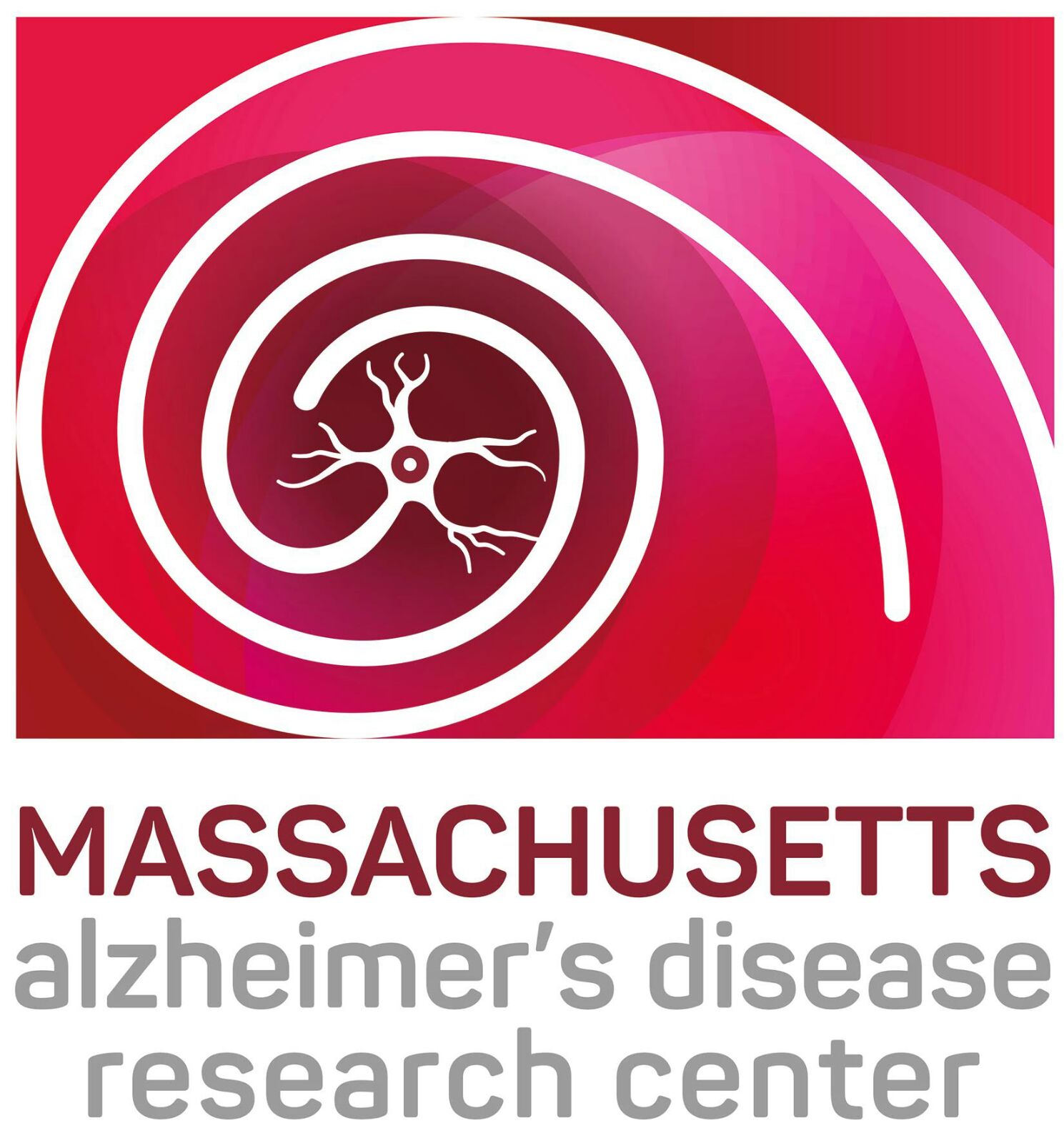People in Aomori Prefecture, especially in the western Tsugaru area, are known for their strong dialect, often leading outsiders to joke about needing a translator.
But for health care professionals, the issue is no laughing matter. Misunderstanding patients could lead to incorrect medical decisions, and the longer it takes for doctors and nurses unfamiliar with the dialect to deal with patients, the longer the wait will be for others.
In an effort to tackle the problem, Hirosaki University in Aomori and Tohoku Electric Power Co. this month started analyzing the voice data of 6,700 phone calls, covering 900 hours of calls the utility’s customer center has fielded from across the Tohoku region. They have also started collecting conversation data from 12 residents in their 20s through 70s in the town of Ajigasawa located in the southwestern part of the prefecture.
Using AI-powered computers, the researchers will convert the voice data into standard Japanese text and then create a database, hoping to utilize it in medical practice and for research, said Ryo Suzuki, a senior administrator at the university’s school of health sciences.
“The town of Ajigasawa is known as an area where the so-called Tsugaru dialect — which is hard enough for people from outside the prefecture to understand — is particularly strong,” he said. “That’s partly why we thought the town is an ideal community to partner with.”
Suzuki cited the dialect’s koe-katta as an example of a confusing phrase used by patients. The phrase sounds similar to kowakatta (it was scary) in standard Japanese, but koe-katta indicates a feeling of tiredness. Such expressions could be misunderstood by doctors and other medical workers hailing from outside the prefecture, he said.
Suzuki added that medical students at the university currently take a course in Tsugaru dialect, using an original textbook that lists Japanese translations of Tsugaru words.
www.japantimes.co.jp/news/2017/08/16/national/science-health/japanese-re…
